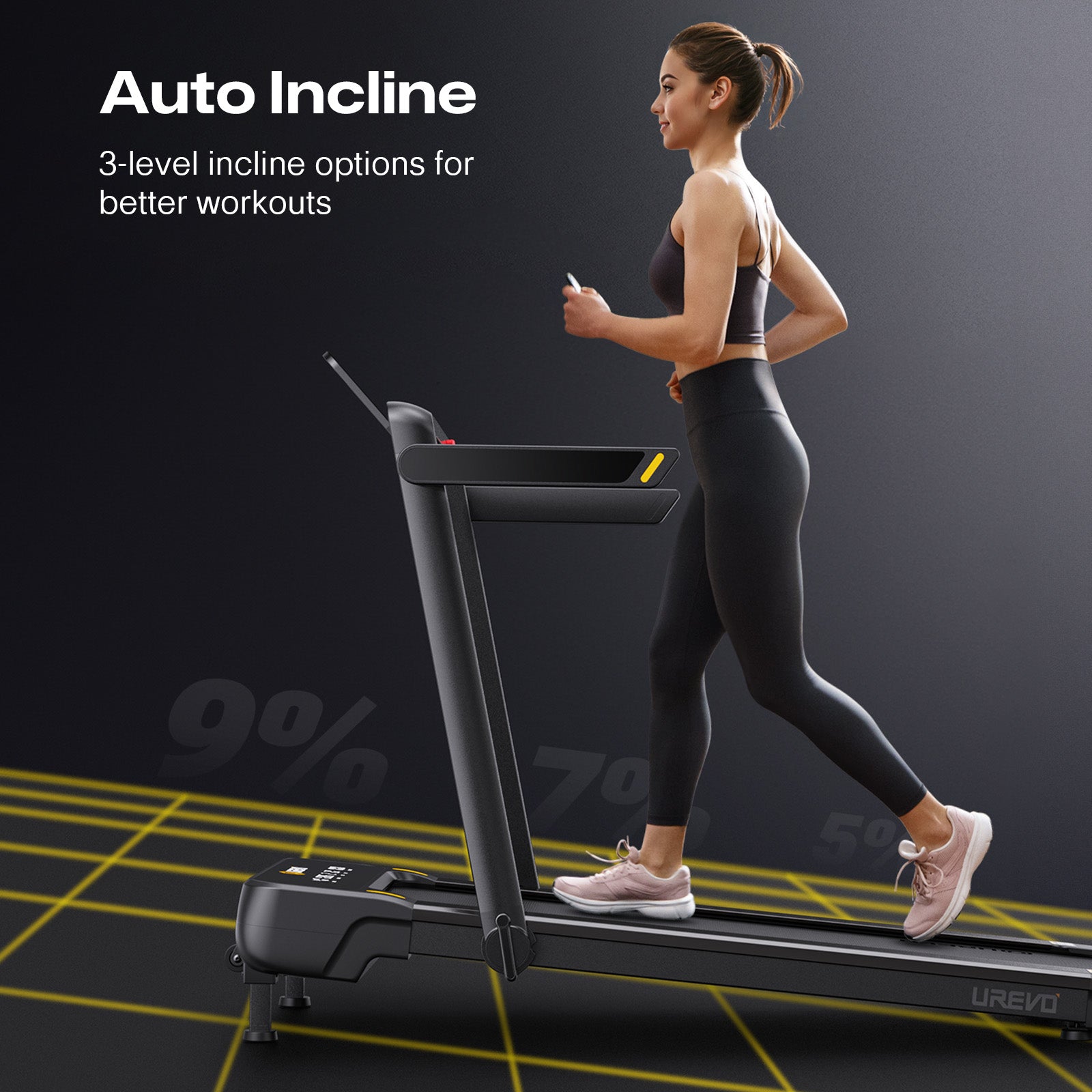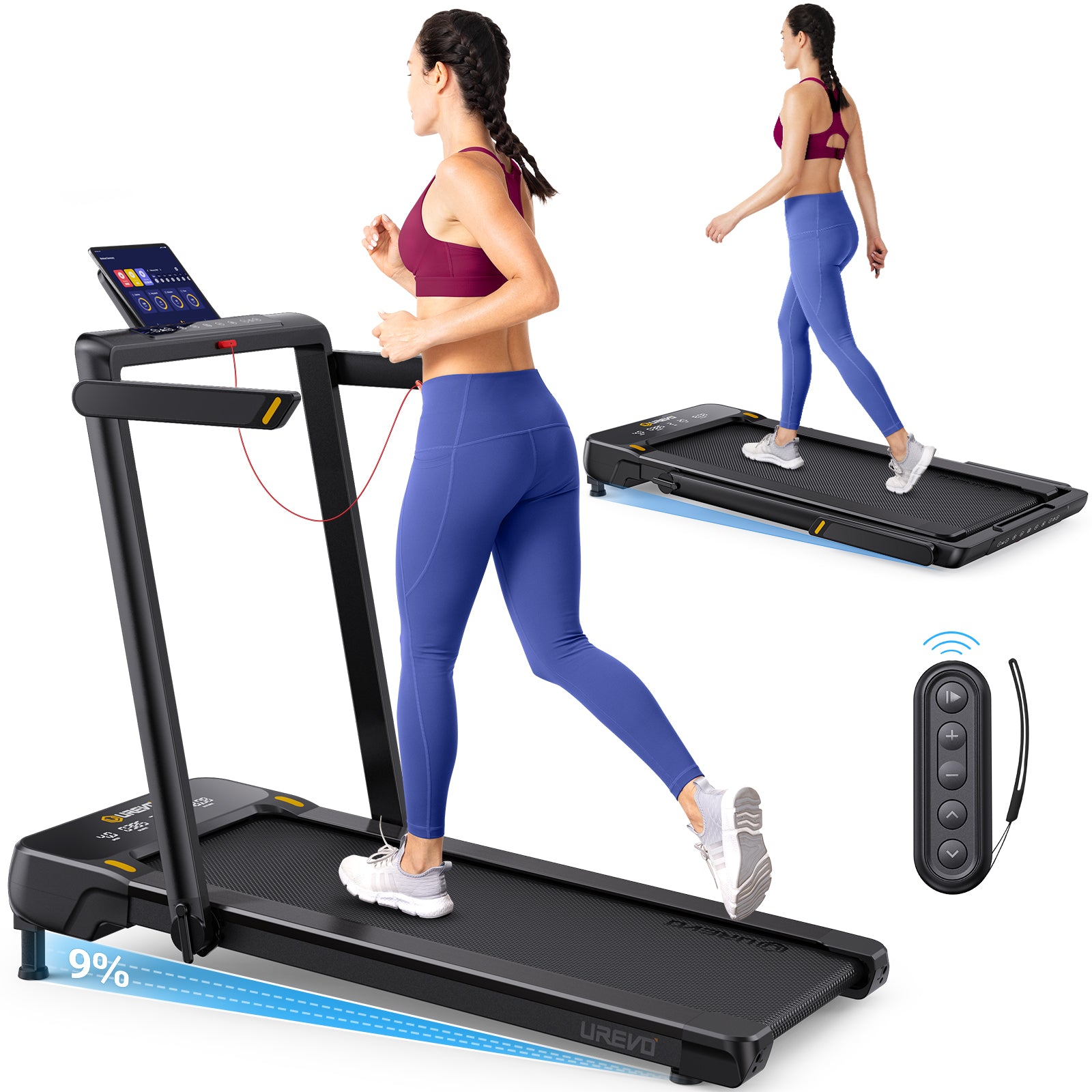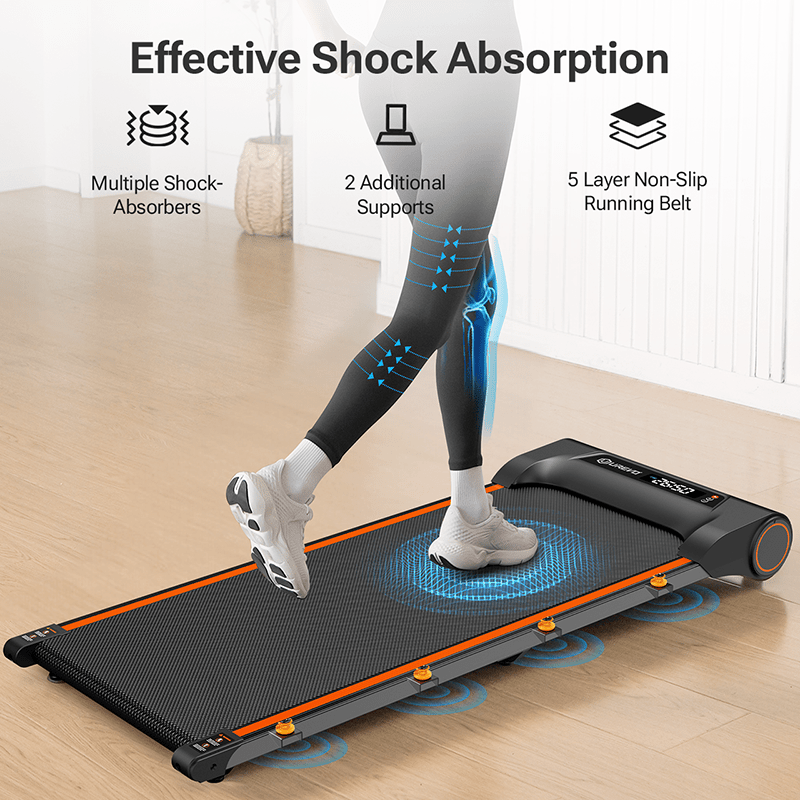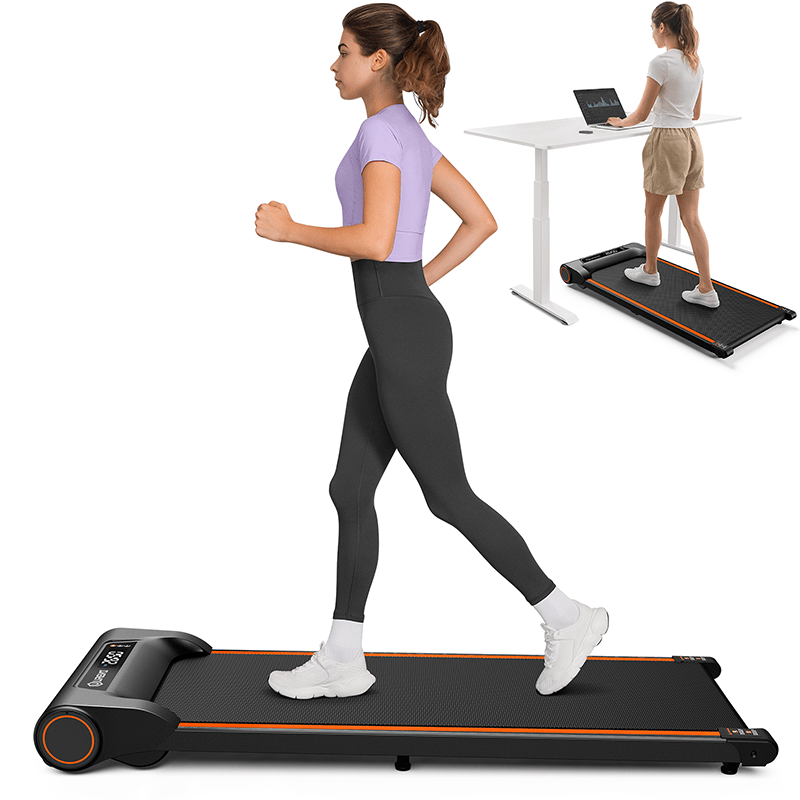Exercising with a treadmill offers a convenient, controlled, and customizable way to improve cardiovascular health, endurance, and overall fitness. This guide will explore optimal treadmill speeds for beginners, aiming to help you start safely while making your workouts effective and enjoyable.
Why Beginners Should Use Treadmills
Treadmills provide a unique advantage for beginners: they allow precise control over the exercise intensity. This control is vital for managing initial workouts without risking injury or overwhelming oneself. On a treadmill, beginners can set a specific speed and incline, making adjustments as small as 0.1 mph or a 1% incline change. This allows for very fine-tuned control over the workout intensity, matching it closely to their evolving fitness levels.
Moreover, treadmills offer a consistent and reliable metric feedback system-speed, distance, heart rate, and sometimes even calorie estimates-providing beginners with tangible data to track progress and set realistic goals. The ability to monitor these metrics in real time encourages a more focused and motivated approach to exercise.
Additionally, treadmills are an excellent tool for beginners due to their accessibility. They're commonly found in gyms but also compact enough for home use, eliminating barriers such as bad weather or unsafe outdoor conditions. This accessibility ensures that beginners can maintain a regular exercise schedule, which is crucial for building long-term fitness habits.

Treadmill Speed by Walking
Walking on a treadmill is an excellent starting point for beginners. A comfortable walking speed ranges from 2 to 4 miles per hour (mph). This pace is gentle on the joints and suitable for those who are new to exercise or returning after a break. Walking at this speed also helps in building stamina and acclimatizing the body to regular physical activity.
For beginners, the adaptability of a walking treadmill is advantageous as it allows for customization of speed settings to match personal comfort and fitness levels. Starting at a lower speed and gradually increasing as endurance improves ensures a safe, progressive approach to fitness, minimizing the risk of injury. This gradual increase helps condition the cardiovascular system and muscles to handle more intense workouts in the future.
Treadmill walking can be easily integrated into daily routines, making it a practical exercise option. Beginners can start with short sessions of 10-15 minutes and gradually extend their duration as their fitness improves. This gradual buildup helps create a sustainable exercise habit, which is important for long-term health benefits and weight management.
Treadmill Speed by Jogging
Once comfortable walking, you might consider increasing the pace to a light jog. Jogging speeds generally range from 4 to 5 mph. This moderate increase in speed enhances cardiovascular fitness and burns more calories without a significant spike in impact on the body. It's vital to maintain a pace where you can converse without gasping for air, ensuring the workout remains aerobic and manageable.
Jogging at a consistent, moderate speed on a treadmill helps in establishing rhythm and pace, which are crucial for longer-distance running. It allows beginners to focus on their form and breathing techniques without the distractions of varying outdoor conditions. This controlled environment is ideal for monitoring progress and adjusting the workout intensity based on real-time feedback from the treadmill, such as heart rate and calories burned.
Regular jogging on a treadmill can help reduce stress, improve mood, and increase energy levels. This psychological uplift is vital for maintaining motivation and commitment to a regular exercise regimen, encouraging beginners to continue progressing in their fitness journeys.
Treadmill Speed by Running

Transitioning from jogging to running, you will likely target speeds between 5 and 6 mph. Running at these speeds offers a robust workout that improves heart health and muscle strength. It's crucial to pay attention to your form and breathing, as proper technique supports efficiency and prevents injuries.
Running on a treadmill at this speed range is intense enough to significantly enhance cardiovascular conditioning beyond what walking or jogging can achieve. It increases the demand on the heart to pump blood faster, thereby strengthening the cardiac muscles and improving overall stamina. Moreover, running helps to build lean muscle mass in the lower body, including the calves, quads, and hamstrings, which are crucial for mobility and stability.
To optimize the benefits and reduce the risk of injury, maintaining correct posture is essential during treadmill running. This involves keeping the head up, back straight, and arms swinging naturally. The feet should land directly under the body to minimize impact. Additionally, alternating running sessions with lower-impact exercises like walking or cycling can help prevent overuse injuries.
Treadmill Speed by Sprinting
For those who have comfortably mastered running, sprinting introduces a high-intensity element to the workout. Sprinting speeds start at 7 mph and can go much higher depending on your fitness level and the treadmill's capabilities. Sprinting not only spikes calorie burning but also increases metabolic rate and enhances fast-twitch muscle fibers, critical for speed and power.
Sprinting on a treadmill is a powerful way to boost anaerobic fitness, engaging more muscle groups at a higher intensity than steady-state running. This activity triggers the afterburn effect, where the body continues to burn calories at an elevated rate even after the workout. Incorporating sprint intervals into a treadmill routine can improve athletic performance by increasing speed and power, as well as enhancing the body's ability to shuttle oxygen to muscles.
Moreover, sprinting is beneficial for metabolic health. It helps improve insulin sensitivity and can aid in weight loss efforts by reducing body fat more effectively than steady-state exercise. To safely incorporate sprinting into a treadmill workout, beginners should ensure they are well-warmed up and should start with shorter sprints of 20 to 30 seconds, gradually increasing the duration and speed as their fitness improves. Using intervals of sprinting and jogging or walking will help manage the intensity while maximizing fitness gains.
When to Consider Interval Training Using a Treadmill
Interval training on a treadmill is a dynamic and efficient method to enhance both aerobic and anaerobic fitness. This training technique involves alternating between periods of high-intensity effort and lower-intensity recovery. For beginners, it's advisable to start with manageable intervals, such as jogging for one minute, followed by two minutes of walking. This pattern allows the body to adjust to varying demands, improving heart health and respiratory efficiency without excessive strain.
As beginners become more comfortable and their conditioning improves, they can progressively increase the duration and intensity of the high-intensity segments. For instance, extending the jogging period to two minutes with a one-minute walk for recovery or increasing the jogging speed offers progressive challenges that prevent fitness plateaus. This adaptability makes interval training particularly effective for continuous improvement over time.

Final Words
Starting with treadmill exercises as a beginner can be daunting, but understanding how to manipulate treadmill speeds makes the process much more approachable and enjoyable. With patience and persistence, treadmill training can be a cornerstone of a healthy lifestyle.
FAQs About Treadmill Speed
1.What is the best treadmill speed to start with as a complete beginner?
For those entirely new to treadmill workouts, beginning at a speed of 2 to 2.5 mph is advisable. This slow pace allows you to get accustomed to the motion of the treadmill and focus on maintaining good posture and balance.
2.How often should I increase my treadmill speed?
If you feel confident and not overly fatigued, consider increasing your speed by 0.5 mph. Always prioritize maintaining a pace that allows you to speak comfortably to ensure you're not pushing too hard.
3.How long should I walk or run on a treadmill as a beginner?
Start with manageable time intervals. A good beginning point is 15 to 20 minutes per session for walking. As your stamina builds, you can gradually increase this time to 30 minutes or more. For jogging or running, start with shorter durations of about 10 to 15 minutes and increase as your endurance improves.
4.Is it better to increase speed or incline to improve fitness?
Both have benefits: increasing speed will enhance cardiovascular fitness while adding incline builds leg strength and can boost calorie burn. Beginners should focus on mastering speed first, then gradually introduce incline to diversify and intensify workouts.
5.What is the best treadmill speed for losing weight?
For most people, alternating between jogging at 4 to 6 mph and sprint intervals at speeds higher than 7 mph can maximize calorie burn and increase metabolic rate. Incorporating interval training, where you alternate between these speeds and include walking periods for recovery, can help sustain a higher overall calorie burn, contributing significantly to weight loss.
Read More
- Spring Training: Time for New Fitness Goals – Urevo
- Is a Foldable Desk Treadmill as Effective as Its Non-Folding Variant? – Urevo
- Is the Treadmill Walking Pad Effective? Exploring Benefits and Drawbac – Urevo
- Portable Treadmill with Incline Available: Urevo's Innovation
- Walking Pad vs. Treadmill: Similarities, Differences, and How to Choos – Urevo














